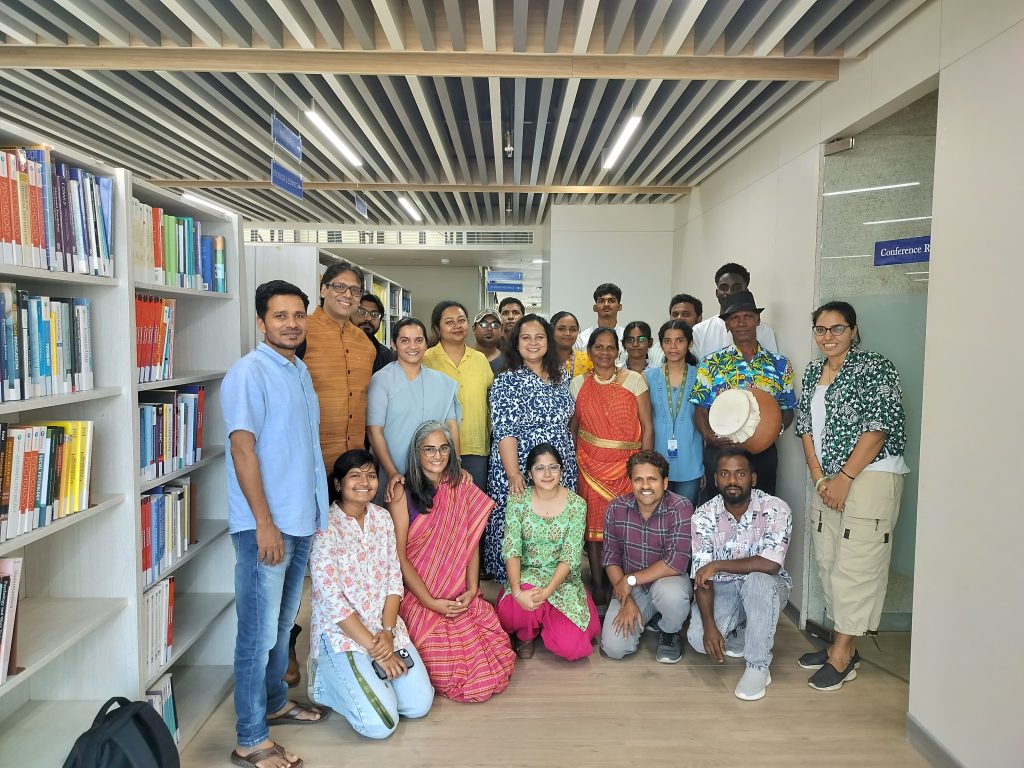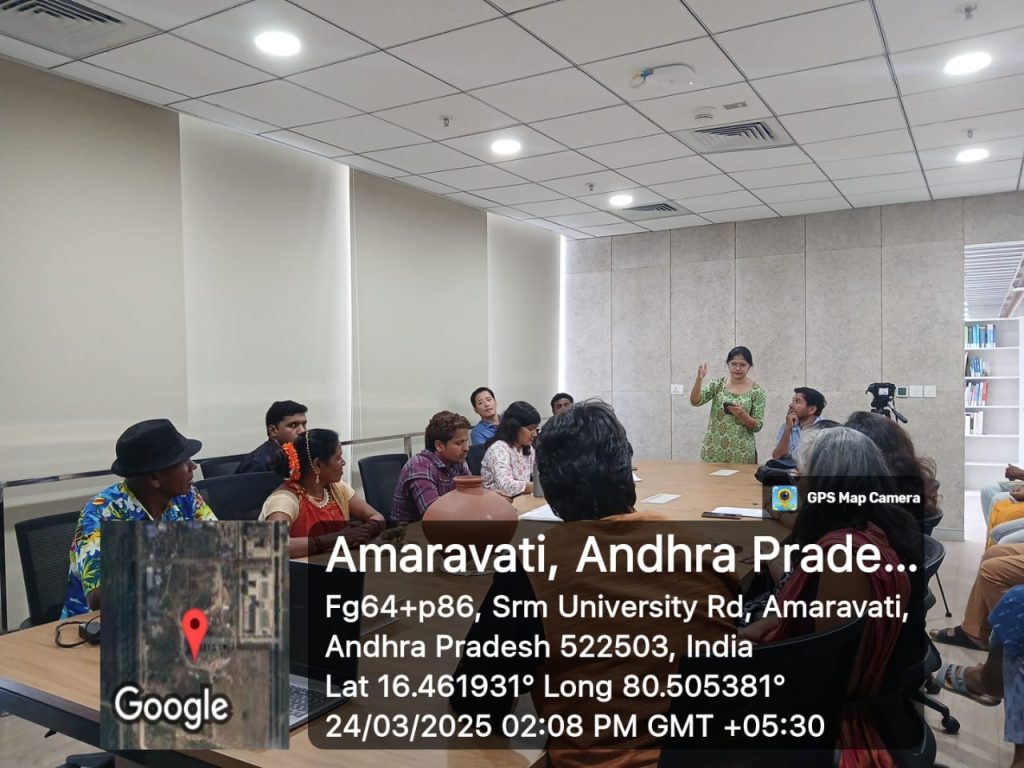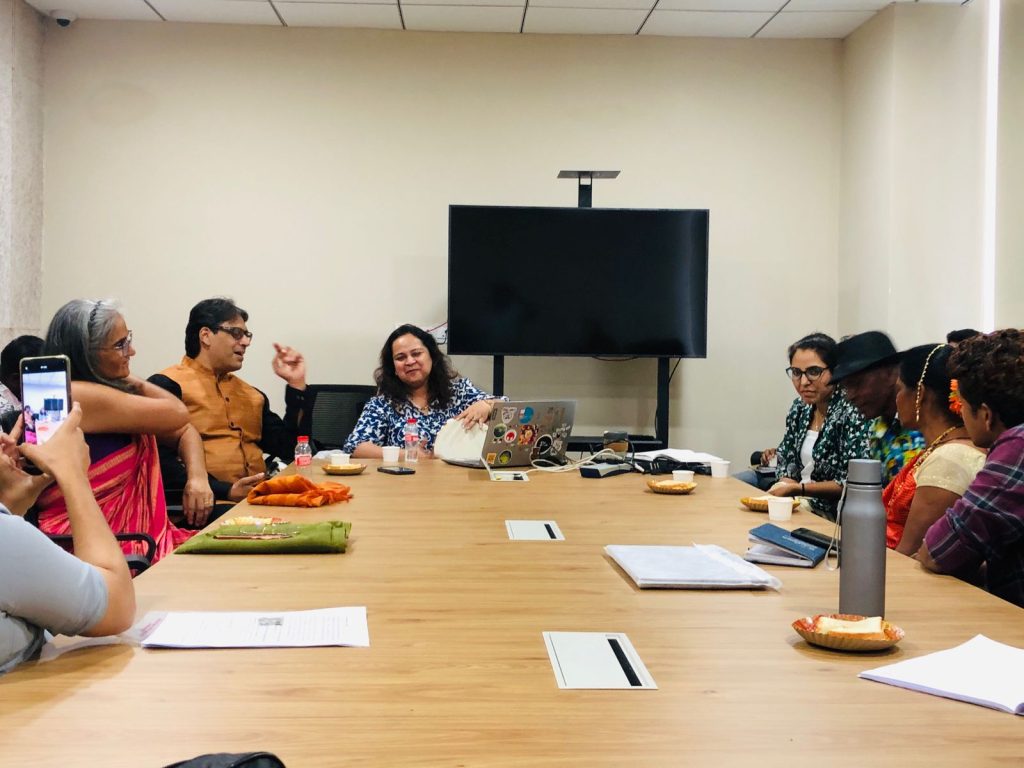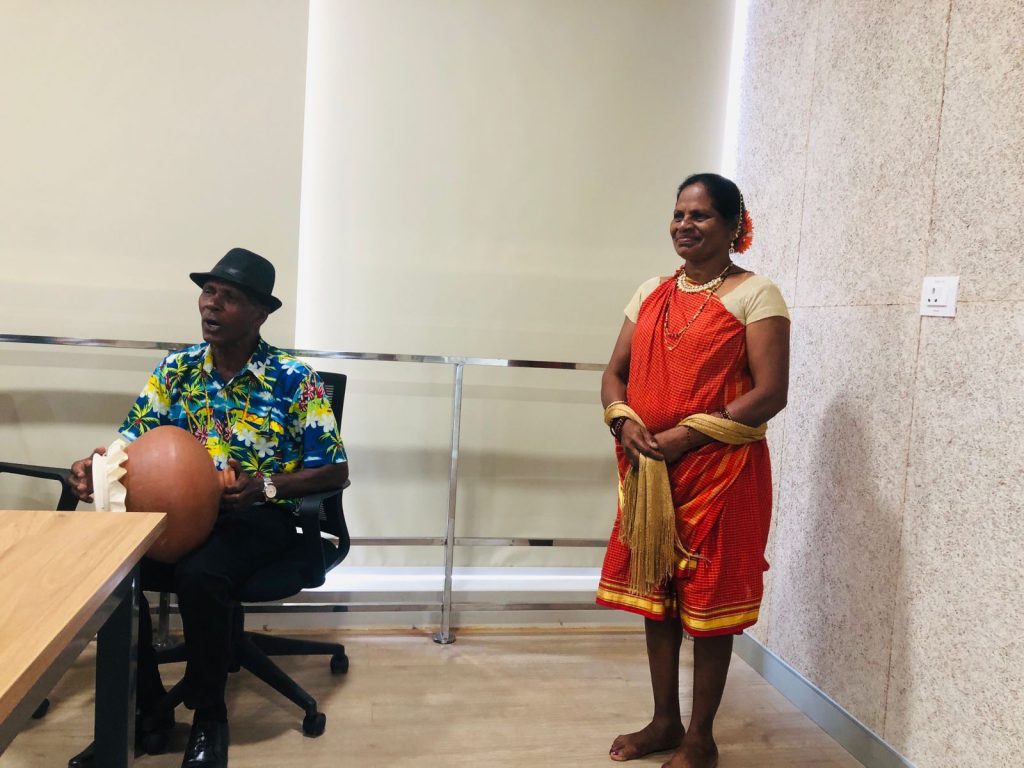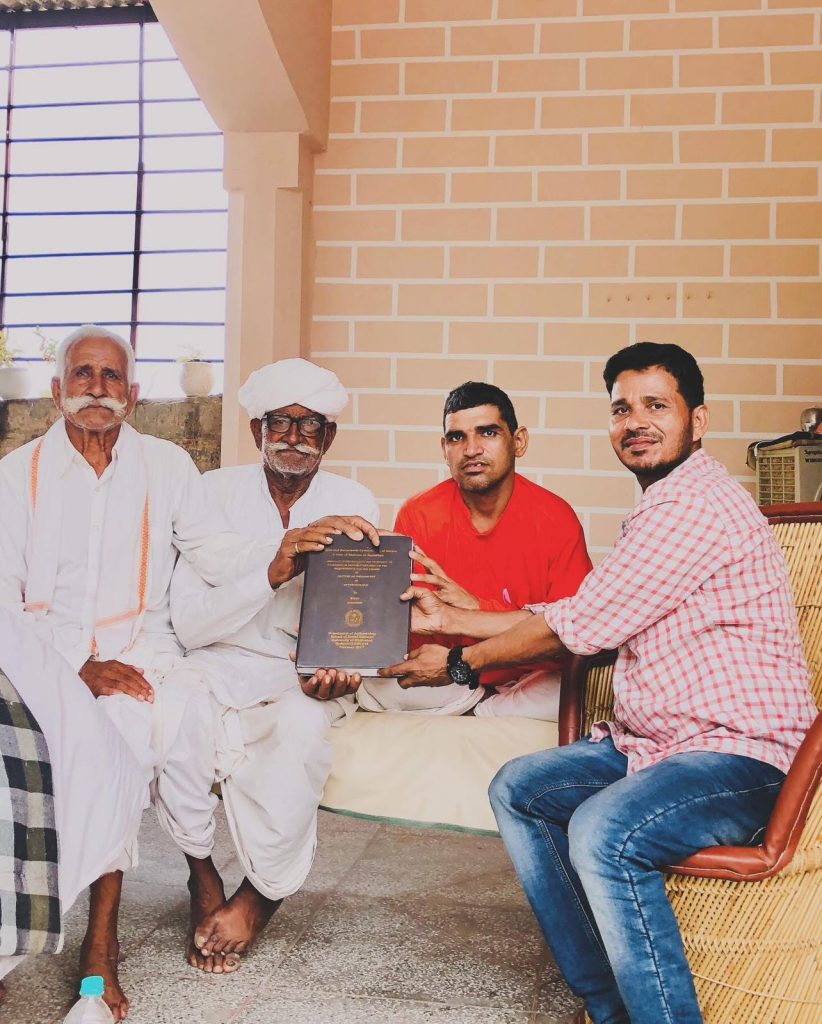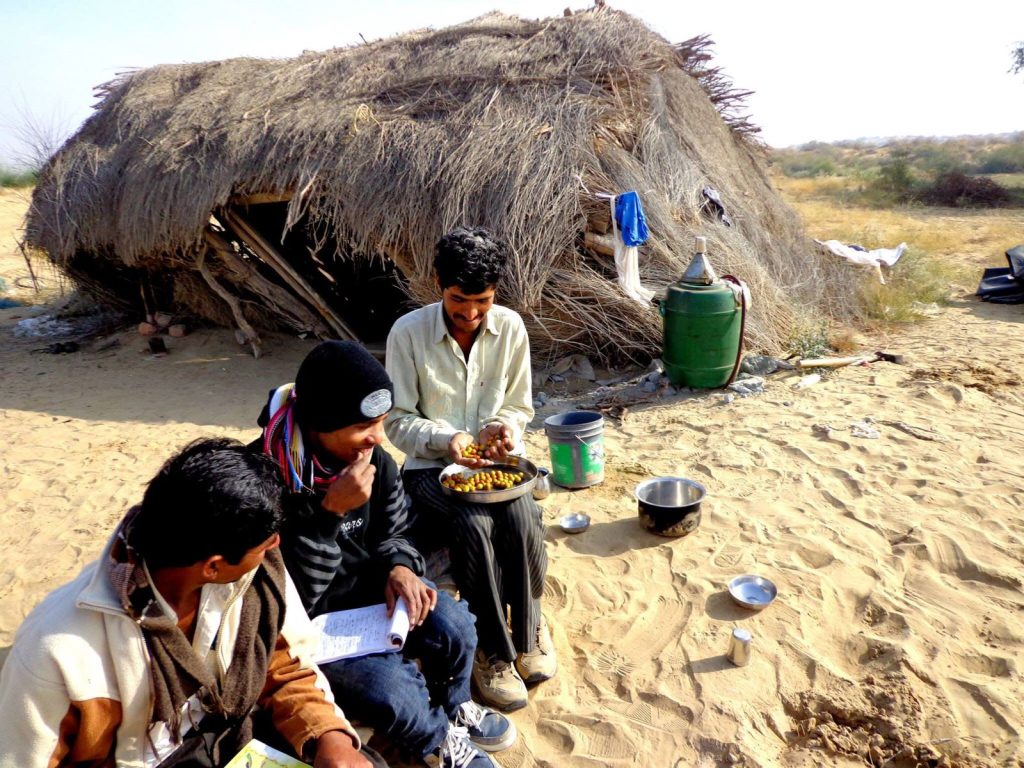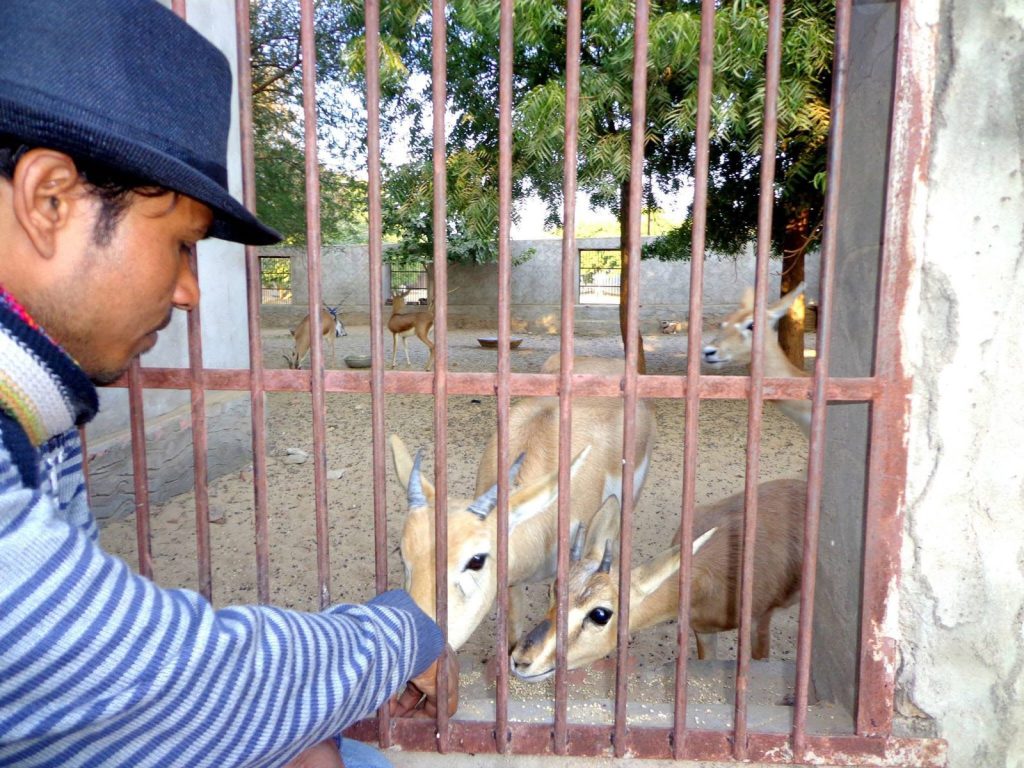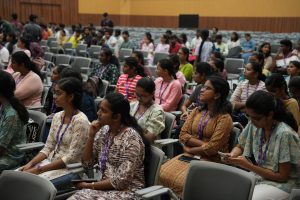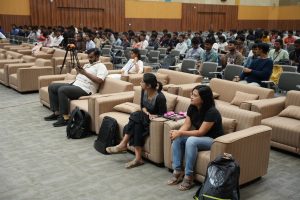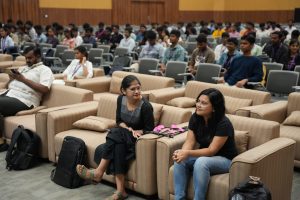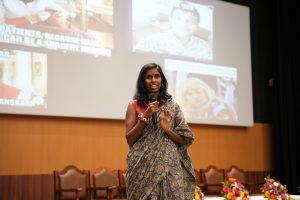Ghumat Stories: Exploring the Folk Legacy of the Percussion Instrument
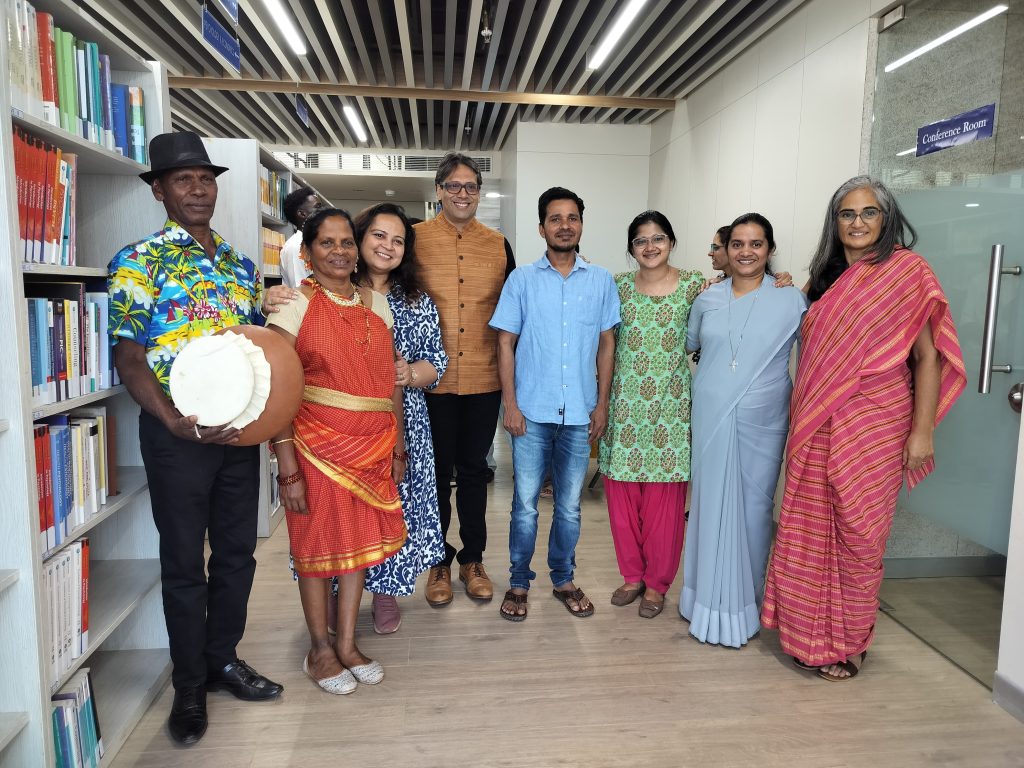 The Department of Sociology and Anthropology at the varsity organised a round table talk, Ghumat Stories, as part of the SEED Grant proceedings awarded to Dr Sebanti Chatterjee, Assistant Professor at the department. The session explored the cultural and social significance of the ghumat, a traditional percussion instrument made of clay and crafted using the hide of the monitor lizard.
The Department of Sociology and Anthropology at the varsity organised a round table talk, Ghumat Stories, as part of the SEED Grant proceedings awarded to Dr Sebanti Chatterjee, Assistant Professor at the department. The session explored the cultural and social significance of the ghumat, a traditional percussion instrument made of clay and crafted using the hide of the monitor lizard.
The event featured a diverse panel, including musician Mr Omar, documentary filmmaker Ms Nalini, musician Ms Sonia, researcher Ms Divya, ghumat player Mr Felipe, and dancer Ms Placania, alongside Dr Bikku, Head of the Department of Sociology and Anthropology, Dr Nishanth K S, other faculty members and students.
Ms Nalini’s documentary delved into the ghumat’s historical and cultural relevance. Musicians Mr Omar and Ms Sonia elaborated on the social and lyrical aspects of ghumat and folk dances such as Mannddô, that shed light on its connection to folk traditions.
Artists Felipe and Placania captivated the audience with live demonstrations. Felipe showcased how ghumat is played, while Placania performed the traditional folk dance associated with the instrument, while adorning the saree worn in a style particular to the dance.
Researcher Ms Divya provided insights into various folk song traditions linked to ghumat, including Mannddô. She classified these traditions within both the Mangalorean and Goan contexts, discussing how the ghumat functions as a “talking drum” in these folk traditions. Ms Divya further elaborated on the diverse tempos and occasions where ghumat-accompanied folk songs are performed.
Ms Divya also shed light on the craftsmanship of ghumat, explaining how Goan tribes such as the Kunbis, Karbis, and Siddhis procure, cure, and treat the hide of monitor lizard for the instrument’s making. She explained the transition of using goat skin in present times due to the prohibition of hunting the monitor lizards. Her discourse further highlighted the cultural and social significance of ghumat in folk communities today.
The session offered the attendees an understanding of the ghumat’s enduring legacy, and the tradition that will keep it alive in the contemporary cultural landscape.
- Published in Departmental News, News, Sociology and Anthropology News
Bishnois Combating Climate Change
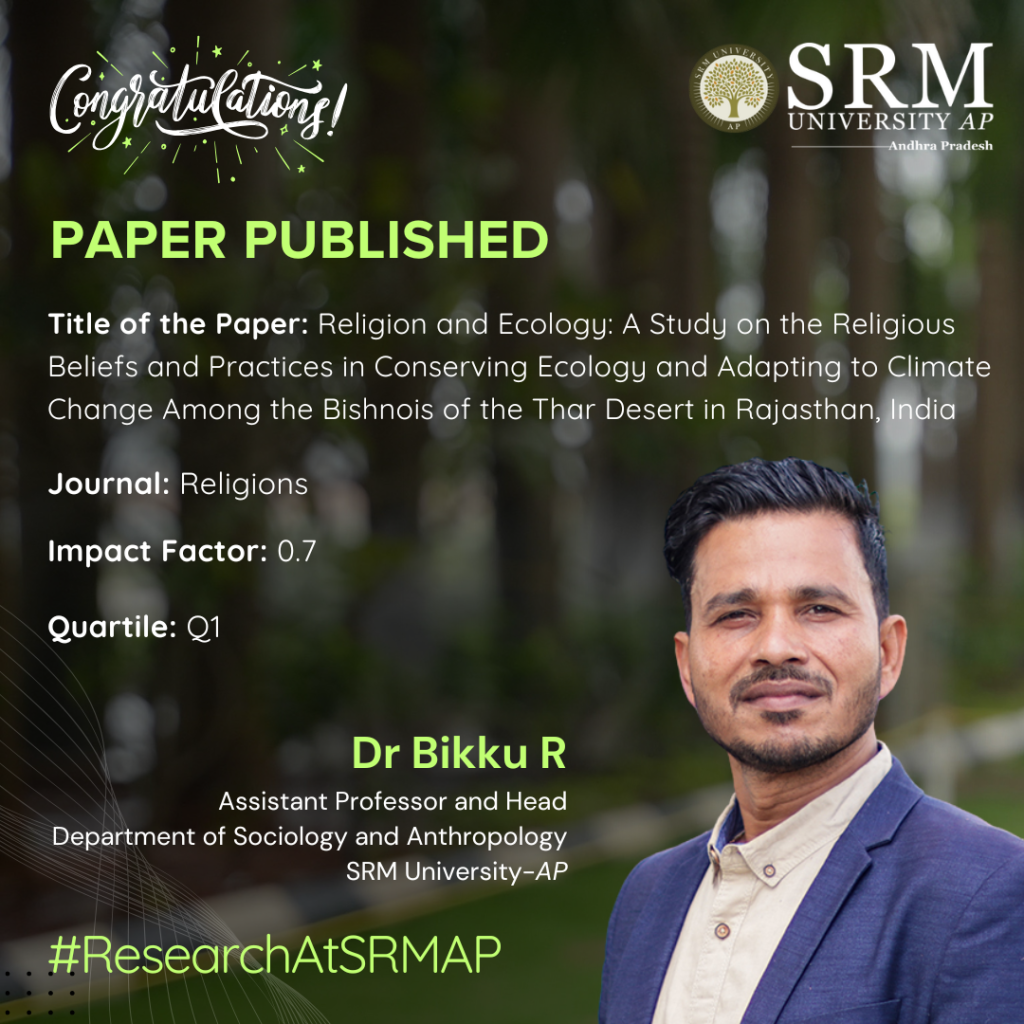 Prof. Bikku R, Assistant Professor and Head of the Department of Sociology and Anthropology, examines in his research paper, “Religion and Ecology: A Study on the Religious Beliefs and Practices in Conserving Ecology and Adapting to Climate Change Among the Bishnois of the Thar Desert in Rajasthan, India,” the environmental practices and knowledge of the Bishnoi community in Khejarli Village, Jodhpur. He highlights the connection between these local communities and their crucial role in conserving the region’s flora and fauna, as well as their efforts in combating climate change.
Prof. Bikku R, Assistant Professor and Head of the Department of Sociology and Anthropology, examines in his research paper, “Religion and Ecology: A Study on the Religious Beliefs and Practices in Conserving Ecology and Adapting to Climate Change Among the Bishnois of the Thar Desert in Rajasthan, India,” the environmental practices and knowledge of the Bishnoi community in Khejarli Village, Jodhpur. He highlights the connection between these local communities and their crucial role in conserving the region’s flora and fauna, as well as their efforts in combating climate change.
Abstract
Climate change is a global issue with diverse regional impacts threatening the survival of both human and non-human species. While the academic discourse on climate change predominantly focuses on macro-level studies, it often neglects the vital role of local environmental practices and the perspectives of affected communities. This paper presents insights from ethnographic fieldwork conducted among the Bishnoi community in Khejarli Village, Jodhpur, in the Thar Desert of India. This study utilizes participant observations, semi-structured interviews, focus group discussions, and case studies to explore local environmental knowledge and practices aimed at mitigating and adapting to climate change. Findings reveal the Bishnois’ deep-rooted relationship with nature and the pivotal role of religious beliefs in shaping their conservation efforts. Since the 15th century, the Bishnois have been committed to protecting local species, such as plants and animals, which has been crucial for sustaining the desert ecosystem and combating climate change. Moreover, their religious teachings and principles have helped conserve values among younger generations, ensuring a lasting culture of environmental stewardship. This paper supports integrating micro-level ethnographic studies into global climate change dialogues, urging the recognition of local knowledge as an essential resource for addressing contemporary environmental challenges
Practical and Social Implications:
“The Bishnois’ enduring commitment to protecting wildlife and their natural surroundings demonstrates that integrating local, religious, and cultural values can help mitigate both natural and human-induced climate change. Expanding research on local communities’ ecological knowledge and conservation practices is essential for challenging contemporary climate change impacts. While global awareness is necessary, it is equally important to understand and support the valuable contributions of local communities in combating climate change. We can develop more effective, culturally relevant solutions to global environmental challenges by embracing these contributions”.
Future Research plan:
Dr Bikku is preparing to write a book on The Bishnoi Religion and Ecological Conservation
- Published in Departmental News, News, Research News, Sociology and Anthropology News
Challenging Norms and Expanding Perspectives with YSK Prerna
 In a world where conversations around gender are evolving rapidly, the Department of Sociology and Anthropology from the Easwari School of Liberal Arts at SRM University-AP hosted a two-part lecture series that sparked introspection, challenged societal norms, and helped foster inclusivity. With honest discussions, cultural references, and meaningful reflections, the sessions resonated deeply with students, encouraging them to rethink what they know about gender.The session saw Artistic Director of Conflictorium – Museum of Conflict, Chattisgarh, and Gujarat, YSK Prerana as its speaker.
In a world where conversations around gender are evolving rapidly, the Department of Sociology and Anthropology from the Easwari School of Liberal Arts at SRM University-AP hosted a two-part lecture series that sparked introspection, challenged societal norms, and helped foster inclusivity. With honest discussions, cultural references, and meaningful reflections, the sessions resonated deeply with students, encouraging them to rethink what they know about gender.The session saw Artistic Director of Conflictorium – Museum of Conflict, Chattisgarh, and Gujarat, YSK Prerana as its speaker.
The first session for the Universal Human Values and Ethics students opened the door to reimagining gender beyond traditional binaries. The discussions tackled pressing issues such as inequality, the choice of motherhood, and the issue of gender-based violence. The session wove in popular memes that students see every day to explore how gender stereotypes are subtly reinforced. The speaker took things a step further, the short film Juice. Set in a household gathering, the movie painted a raw picture of how caste, class, and gender intersect, powerfully illustrating how invisible power dynamics shape everyday interactions.
The session wasn’t about pointing fingers or placing blame. It was about understanding—about seeing the world through a different lens and recognising how ingrained norms can shape perceptions. Students left the room not just with questions but with a drive to seek answers and advocate for change.
The second session, tailored for students of the Open Elective Law and Society, turned the focus inward. It started with a simple question: When did you first become aware of your gender? What followed was an exploration of how gender is more than an identity—it’s a social construct shaped by power dynamics.
Students examined how societal categories like caste and class blend into gendered expectations and how these norms are portrayed through media. But the session didn’t just focus on challenges. It celebrated progress, stressing upon how new meanings and ways of expressing gender are emerging every day.
The sessions made students pause and think about the roles they play in their communities and the changes they can bring. By addressing deeply ingrained issues with honesty and compassion, the Department of Sociology and Anthropology created a space where students could reflect on their own experiences, listen and most importantly ask questions.
- Published in Departmental News, News, Sociology and Anthropology News


